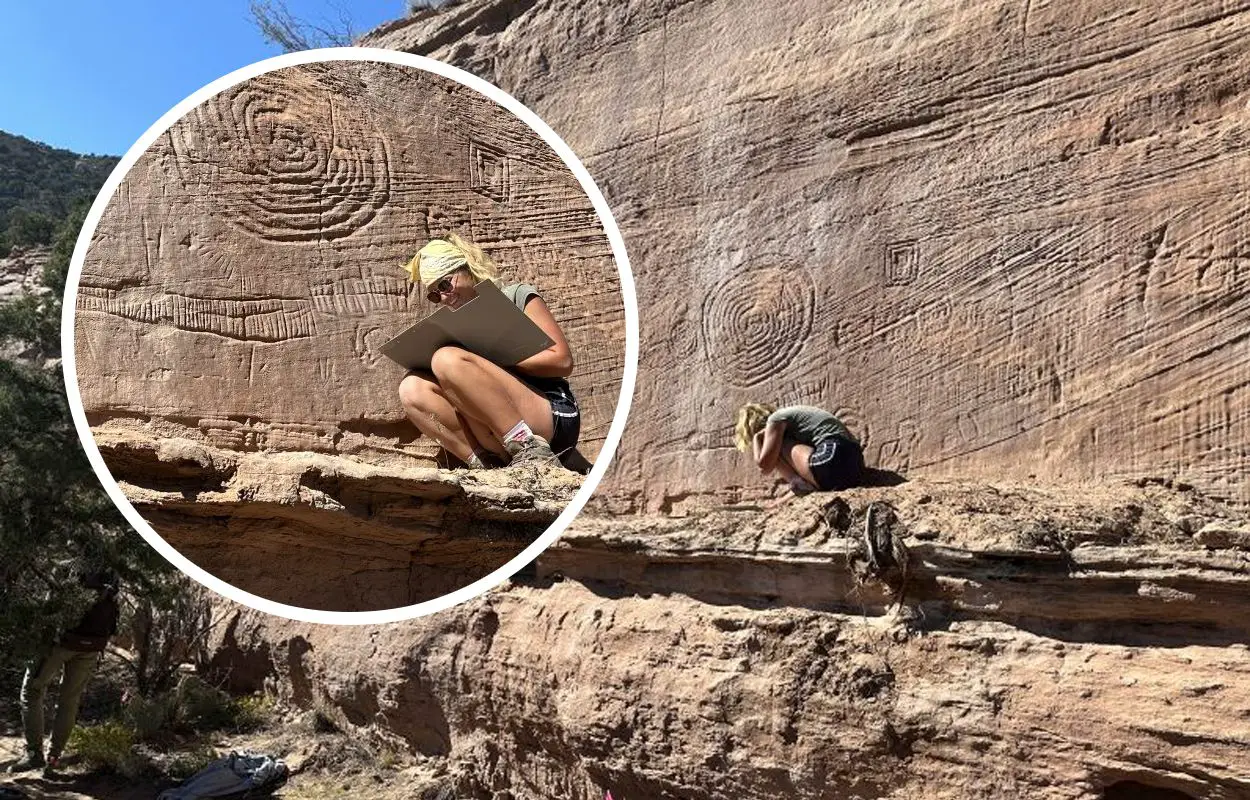Archaeologists from the Jagiellonian University in Kraków have announced the discovery of astronomical carvings and paintings associated with the Pueblo culture.
The discovery was made at the Castle Rock Pueblo settlement complex, located on the Mesa Verde plateau on the border between Colorado and Utah, United States.
Previous research of the area has identified Pueblo petroglyphs from the 12th and 13th century AD, and 15th-17th century AD rock panels featuring hunting scenes associated with the Ute tribe.
The Puebloans, also known as the Pueblos, were an early Native American civilisation that emerged around AD 100 in regions spanning Utah, along with sections of Arizona, New Mexico, and Colorado.
The culture was one of the most advanced Pre-Columbian societies, constructing multistorey stone houses, rock art, intricately ornamented jewellery, and ceramics decorated with painted motifs.
Based on reports from members of the local community, archaeologists begun exploring the hard-to-reach areas of the Sand Canyon, Graveyard Canyon and Rock Creek Canyon at the Castle Rock Pueblo settlement complex. At a height of 800 metres above the cliff settlements, the team found the petroglyphs on rock panels that stretch over 4 kilometres around the large plateau.
Carved on the rock panels are spirals up to one metre in diameter, which were used by the Pueblo people for astronomical observations and to determine the summer and winter solstices, as well as the spring and autumn equinoxes.
Also discovered are painted depictions showing images of warriors and shamans, which according to the researchers date from the 3rd century AD during the Basketmaker Era.
Prof. Radosław Palonka from the Jagiellonian University in Kraków, said: “These discoveries forced us to adjust our knowledge about this area. Definitely we have underestimated the number of inhabitants who lived here in the 13th century and the complexity of their religious practices, which must have also taken place next to these outdoor panels.”
Header Image Credit : Jagiellonian University in Kraków





